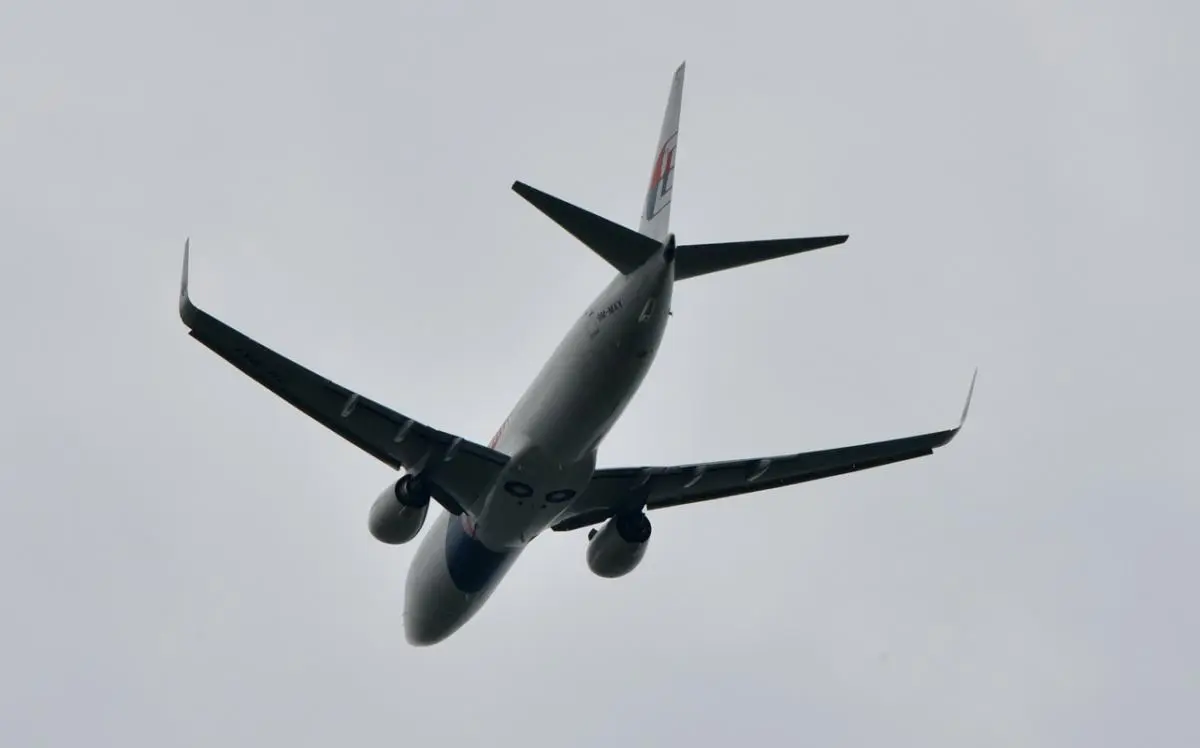
Ever wondered how the airline industry stacks up in numbers? The world of aviation is more than just planes and airports; it's a bustling network of statistics that tell a fascinating story. From the number of passengers flying each year to the busiest airports, these figures reveal the true scale of global air travel. Did you know that over 4 billion passengers took to the skies in 2019? Or that the busiest airport in the world handles over 100 million passengers annually? Whether you're a frequent flyer or just curious, these airline industry statistics will give you a new perspective on the skies above. Buckle up and prepare for a high-flying journey through some eye-opening facts!
Key Takeaways:
- The airline industry has experienced remarkable growth, with over 4.5 billion passengers in 2019 and a projected doubling of the global commercial aircraft fleet by 2038.
- Air travel has a significant impact on the environment, but efforts to reduce CO2 emissions and increase fuel efficiency are underway, showing a commitment to sustainability and environmental responsibility.
Growth of the Airline Industry
The airline industry has seen significant growth over the years. This growth can be attributed to various factors, including technological advancements, increased demand for air travel, and globalization. Here are some fascinating statistics about the industry's growth:
-
Passenger Numbers: In 2019, airlines carried over 4.5 billion passengers worldwide. This number has been steadily increasing, showing the growing popularity of air travel.
-
Fleet Size: The global commercial aircraft fleet is expected to double in size over the next 20 years, reaching approximately 48,000 planes by 2038.
-
Revenue: The airline industry's global revenue reached $838 billion in 2019, highlighting its economic significance.
Environmental Impact
Air travel has a notable impact on the environment. Airlines and manufacturers are working on ways to reduce this impact through various initiatives. Here are some key statistics:
-
CO2 Emissions: The aviation industry is responsible for about 2-3% of global CO2 emissions. Efforts are being made to reduce this through more efficient aircraft and alternative fuels.
-
Fuel Efficiency: Modern aircraft are about 80% more fuel-efficient per seat kilometer than those from the 1960s. This improvement helps reduce the carbon footprint of air travel.
-
Sustainable Aviation Fuel: By 2030, it is estimated that sustainable aviation fuel could account for 2-3% of total aviation fuel consumption, helping to lower emissions further.
Economic Contributions
The airline industry plays a crucial role in the global economy. It supports millions of jobs and contributes significantly to GDP. Here are some important statistics:
-
Employment: The global airline industry supports over 65 million jobs worldwide, including those in tourism and related sectors.
-
GDP Contribution: Air transport contributes approximately $2.7 trillion to the global GDP, underscoring its economic importance.
-
Tourism: Around 58% of international tourists travel by air, making airlines a key player in the tourism industry.
Safety and Technology
Safety and technology advancements have made air travel one of the safest modes of transportation. Here are some impressive statistics:
-
Safety Record: The aviation industry has an excellent safety record, with a fatal accident rate of just 0.18 per million flights in 2019.
-
Technological Advancements: Innovations such as advanced avionics, improved air traffic management, and more efficient engines have significantly enhanced flight safety and efficiency.
-
Automation: Modern aircraft are highly automated, with systems that can handle many aspects of flight, reducing the risk of human error and improving overall safety.
Final Thoughts on Airline Industry Statistics
Airline industry statistics reveal fascinating insights. From the sheer number of daily flights to the staggering amount of fuel consumed, these figures highlight the complexity and scale of air travel. Understanding these stats can help travelers appreciate the logistics behind their journeys and the industry's impact on the global economy. Whether it's the busiest airports, the most popular routes, or the financial performance of airlines, each fact paints a part of the bigger picture. Next time you board a plane, remember the incredible coordination and resources that make air travel possible. These statistics aren't just numbers; they represent the lifeblood of an industry that connects the world. So, keep these facts in mind and share them with fellow travelers. It makes the experience even more remarkable.
Frequently Asked Questions
Was this page helpful?
Our commitment to delivering trustworthy and engaging content is at the heart of what we do. Each fact on our site is contributed by real users like you, bringing a wealth of diverse insights and information. To ensure the highest standards of accuracy and reliability, our dedicated editors meticulously review each submission. This process guarantees that the facts we share are not only fascinating but also credible. Trust in our commitment to quality and authenticity as you explore and learn with us.


